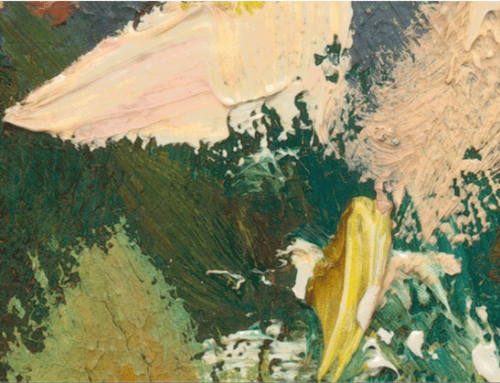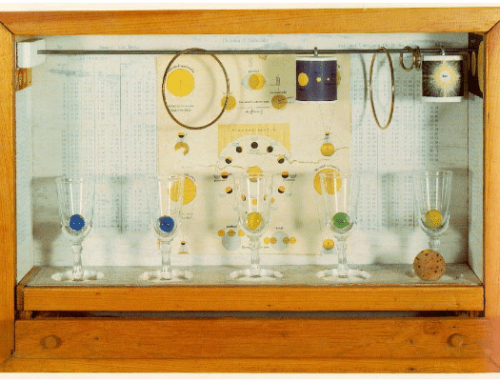Unless you hide your light under a bushel, as someone making art, you’re going to have to deal with criticism, both getting it and giving it. A major difference between constructive and destructive criticism is how it’s delivered.
Unhelpful criticism tells an artist little if anything of value. Downright destructive criticism comes off as a flippant, unhelpful, or a personal attack, particularly if it’s public, vague, un-actionable, hypercritical, or needlessly nit-picky.
As an artist who knows other artists, at some point you’ll be asked your opinion on another artist’s work. Here are some guidelines for giving (and getting) constructive criticism:
- Make it a conversation
- Aim to provide (and ask for!) actionable feedback
- Identify and brainstorm solutions rather than problems
- Use “I”
- Be specific, not vague
- Ask questions instead of making imperious pronouncements
This could go something like the following: “I feel myself getting lost in this section… What if you adjusted the value or simplified this particular shape right here….?)
Sometimes I describe my own improvisational style as nothing more than a process of making and correcting a series of mistakes. We all learn by making mistakes, and learning how to identify valid criticism and deal with it positively can speed you on your way to making your best work.




